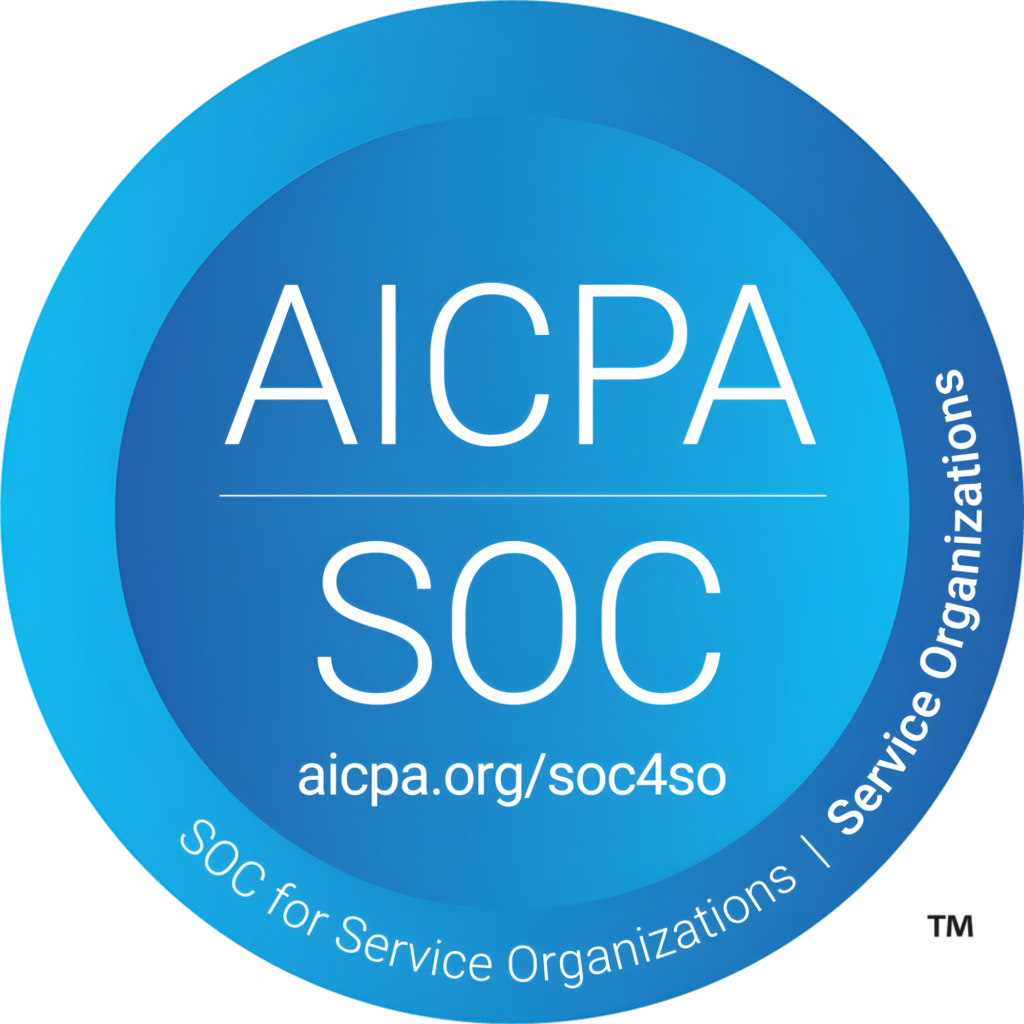As cloud infrastructures evolve, ensuring smooth transitions between services becomes a critical aspect of maintaining efficient operations. One such transition involves migrating from Azure Database for PostgreSQL Single Server to Flexible Server. With the Azure PostgreSQL Single Server retiring in March 2025, organizations need to prepare for this change through a well-planned migration process.
This article will guide you through the step-by-step migration process, highlight the differences between server types, share data migration strategies, and address configuration and optimization techniques for a seamless transition.
Understanding the retirement timeline and preparing for migration
With Azure PostgreSQL Single Server being retired in March 2025, it’s essential to start planning your migration well in advance. The flexible server model offers enhanced performance, greater configurability, and features that meet evolving business needs. Migrating to a Flexible Server is not just a matter of shifting data—it’s a strategic move to upgrade your infrastructure to keep up with Azure’s continuous improvements.
Step-by-step migration process
The migration process begins with configuring your Azure Database for PostgreSQL Flexible Server. Here’s how you can proceed:
1. Verify Prerequisites:
- Ensure that your source PostgreSQL version is 9.5 or above. If not, perform an upgrade.
- Set up your target Flexible Server in Azure, making sure the SKU matches your source database specifications.
- Ensure network compatibility by verifying that the source and target servers can communicate with each other.
2. Configuration:
- Configure the source server and target server and allow necessary extensions on the target server.
- When migrating across PostgreSQL versions, review the release notes to check for compatibility issues.
3. Migration Setup:
- On the Azure portal, select your target flexible server and initiate the migration through the migration wizard. Choose the right migration type (Online or Offline) based on your requirements.
- Validate the migration readiness of both the source and target servers. This step ensures all prerequisites are met before the actual migration begins.
4. Monitor Migration:
- After initiating the migration, monitor the process via the Azure portal. The status of the migration will be updated in real-time, showing whether the process is completed successfully or if any issues arise.
5. Post-Migration:
- Once the migration is complete, test the database functionality on the flexible server. Make sure that everything is working as expected before enabling features like high availability or read replicas.
Azure PostgreSQL Single Server vs. Flexible Server
When comparing Azure PostgreSQL Single Server and Flexible Server, the following factors are crucial:
- Scalability: Flexible Servers offer greater scalability, allowing organizations to choose compute, storage, and memory resources based on demand.
- Cost Efficiency: Flexible Servers provide more granular control over pricing and resources, often resulting in more cost-effective solutions for long-term use.
- High Availability: Flexible Server enables better high availability options, which are essential for mission-critical applications.
- Configuration Control: With Flexible Servers, you can adjust server parameters like max_connections, autovacuum, and more, offering enhanced performance tuning capabilities.
Efficient data migration strategies
Data migration is a critical step that requires careful consideration of the following strategies:
- Offline Migration: This strategy requires server downtime but ensures a simpler migration process. It’s ideal when data consistency is paramount, and downtime can be managed effectively.
- Online Migration: If minimizing downtime is a priority, online migration allows data to continue operating while migration takes place in the background. This method is more complex but offers minimal disruption to business operations.
Configuration and optimization techniques you need to know
To ensure your Flexible Server performs optimally after migration, consider the following configuration and optimization techniques:
- Parameter Matching: Ensure that the server parameters from the source Single Server are correctly matched with the target Flexible Server. Manual configuration may be necessary for certain parameters.
- Extension Management: Extensions used by your source PostgreSQL instance should be enabled on the Flexible Server. Be sure to allowlist any required extensions.
- Data Distribution: Check for any skew in data distribution, as this could affect migration speed. If necessary, migrate large tables in parallel to speed up the process.
Storage Optimization: Take advantage of Flexible Server’s capability to scale storage independently, ensuring that the storage allocated is sufficient for your database needs without overprovisioning.
Potential challenges and strategic mitigation approaches
While migrating to a Flexible Server provides numerous benefits, it’s not without challenges. Here are some common hurdles and how to overcome them:
- Compatibility Issues: Ensure compatibility between your source and target servers by checking PostgreSQL versions, extensions, and custom configurations.
- Data Skew: Uneven data distribution can slow down migration. To mitigate this, consider parallel migration for large tables.
- Network Connectivity: Network issues may cause interruptions in migration. To avoid this, confirm that your source and target servers are properly networked and capable of handling large data transfers.
Conclusion
Migrating from Azure PostgreSQL Single Server to Flexible Server is a crucial move that ensures your database environment remains modern, scalable, and efficient. By following the migration process step by step, configuring your servers properly, and adopting best practices for performance and optimization, you can ensure a smooth transition. At AVASOFT, we specialize in supporting businesses through this migration, helping them harness the full potential of Azure Flexible Servers. Let us help you make your migration process seamless and efficient, so you can focus on what matters most—growing your business.
Get in touch with us today and take the next step towards a scalable and future-ready database solution.
